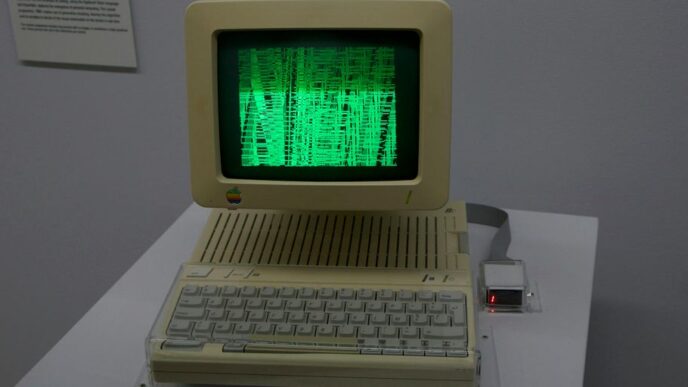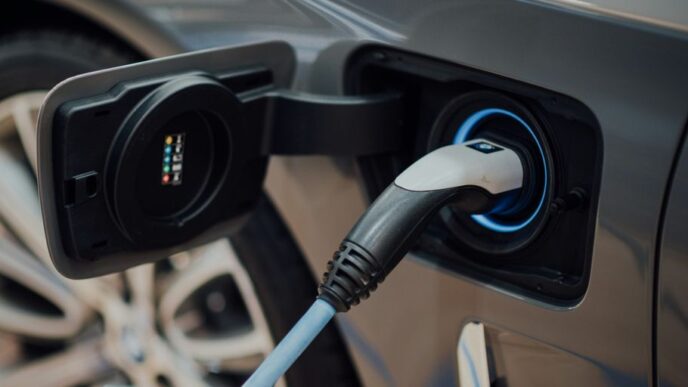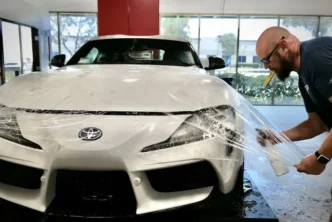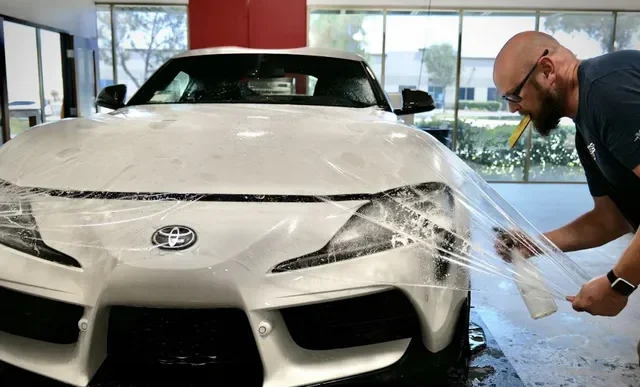In a groundbreaking initiative, the Dharavi Redevelopment Project (DRP) is utilizing cutting-edge technology to reshape Asia’s largest slum. By employing drones and Light Detection and Ranging (LiDAR) technology, the project aims to create an accurate digital map of the 620-acre Dharavi slum, enhancing transparency and efficiency in the redevelopment process.
Key Takeaways
- Innovative Technology: Drones and LiDAR are being used for precise mapping.
- Major Stakeholder: The Adani Group holds an 80% stake in the project.
- Housing for Residents: Approximately 700,000 residents will receive free flats of up to 350 square feet.
- Digital Transformation: A ‘digital twin’ of Dharavi is being created for better data accuracy.
The Vision Behind The Project
The Dharavi Redevelopment Project aims to transform the densely populated area into a modern urban center. This initiative is not just about providing housing; it is about creating a sustainable and livable environment for the residents. The project is expected to significantly improve living conditions, which currently consist of precarious shanties and inadequate sanitary facilities.
Advanced Mapping Techniques
In a significant shift from traditional methods, the DRP is employing advanced digital tools for data collection. The use of drones and portable LiDAR systems allows for:
- Comprehensive Data Collection: Conducting door-to-door surveys with high precision.
- Creation of a Digital Twin: A virtual model of Dharavi that aids in planning and decision-making.
- Enhanced Accuracy: Reducing errors in data collection and analysis.
Benefits for Residents
The project promises to bring substantial benefits to the residents of Dharavi:
- Free Housing: Each resident will receive a flat of up to 350 square feet at no cost.
- Improved Infrastructure: The redevelopment will include better sanitation and public services.
- Community Development: The initiative aims to foster a sense of community and improve the overall quality of life.
Conclusion
Dharavi’s Digital Revolution represents a significant step forward in slum rehabilitation efforts. By harnessing technology, the project not only aims to provide housing but also to create a sustainable urban environment that can serve as a model for future redevelopment initiatives across India and beyond.













